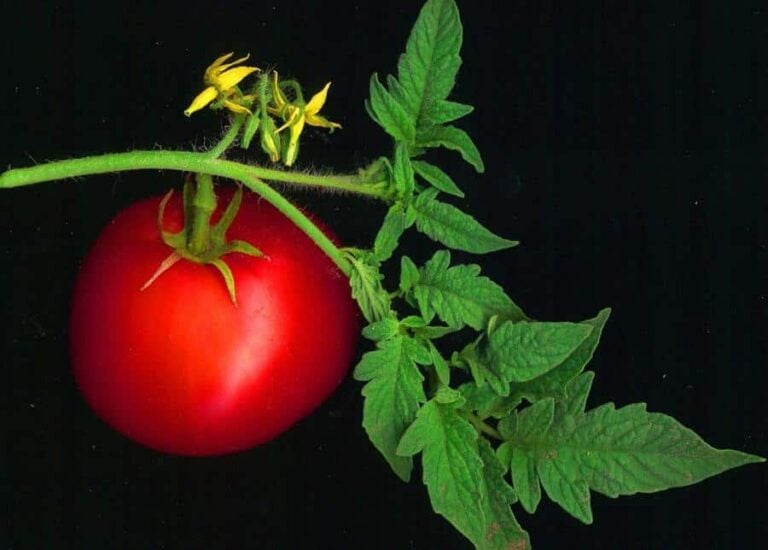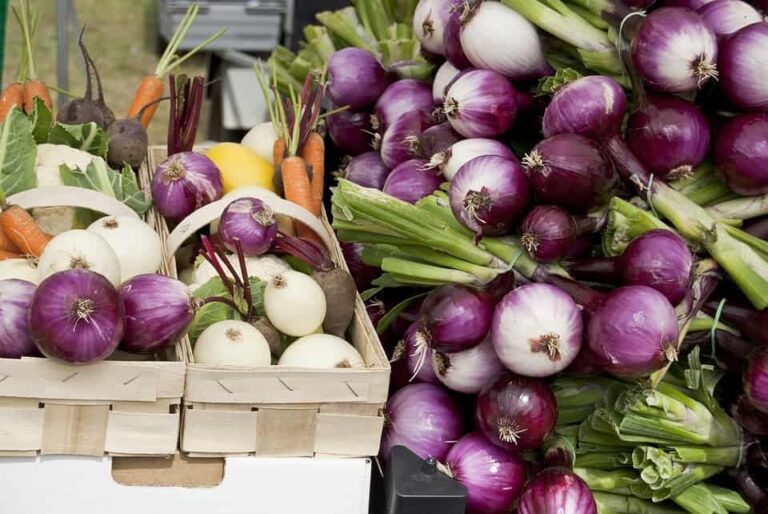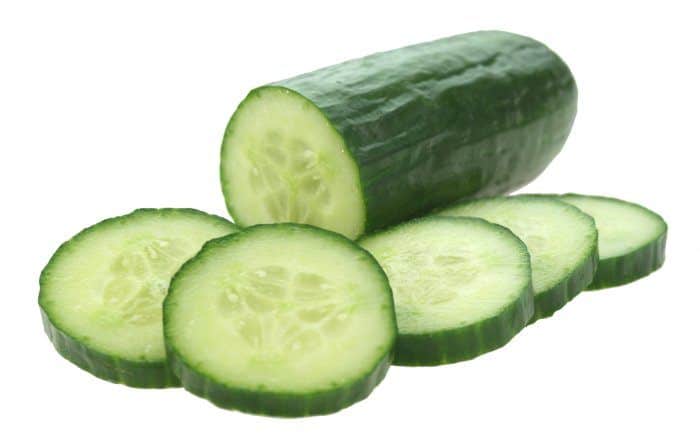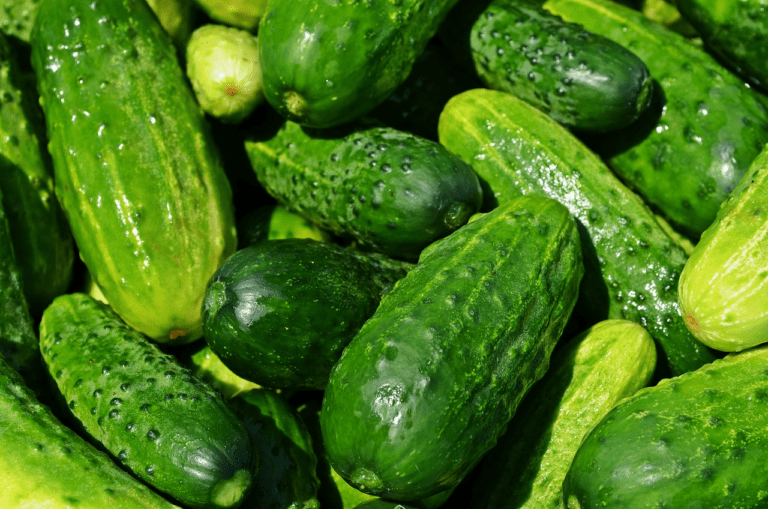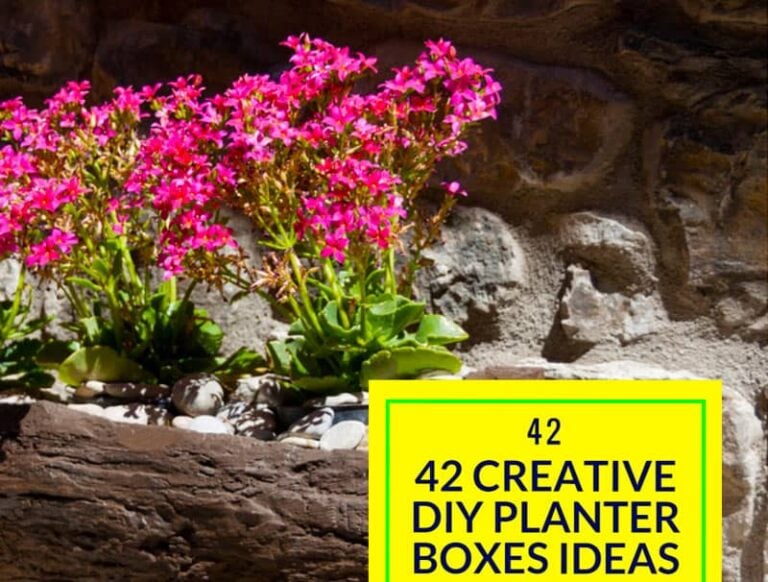How to Plant Garlic: A Primer
Garlic is simple to plant, but following a few important steps will encourage optimal reproduction for the best harvest. Buy garlic from a trusted nursery. Crack your bulbs to reveal cloves; this is what you’ll plant. After a few days, plant the biggest cloves into loose, loamy soil about one or two inches deep and at least four inches apart. Cover with soil, water lightly, and provide a mulch layer on top.
Water your plants as needed to keep soil moist. Fertilize once or twice during growth and remember to check your mulch layer and weed as necessary.
When to Plant Garlic
It’s possible to plant garlic during the spring as soon as the ground is warm enough to allow the soil to move. However, it’s recommended by the Old Farmer’s Almanac to plant garlic during the fall when the soil is at optimal temperature and health.

Because garlic takes some time for roots to develop and mature, you should time your garlic planting process to occur about three to four weeks before the first winter frost. Your garlic should not break through the ground before the first frost occurs. Garlic should be one of the last crops you plant during the typical planting season.
Preparing Bulbs and Soil
Most experts agree that attempting to plant garlic you buy in the grocery store will typically lead to unsuccessful results. Store-bought garlic and other produce is usually chemically treated for preservation and often won’t grow as well. Instead, purchase from your local nursery or a trusted gardening supply website.
Before you plant your garlic, you’ll need to break each bulb into cloves. This process is called cracking, and each clove will grow a new garlic plant. You should crack each bulb a few days before you plant for best results.
Leave the papery skin on each clove and try to keep it as intact as possible. Very small cloves should not be planted, as clove size typically indicates the size of the bulb it will produce.
Your soil should be very fertile and loosened. It should also be slightly acidic to neutral in pH. If you’d like to add compost, fertilizers, or other additives to your soil, do so before planting.
Make sure your garlic bed is in a location with good drainage and ample sunlight. Remove any weeds, rocks, and other disturbances before planting.
Finally, avoid planting garlic in the same location as you did the previous year to avoid possible disease with your newest crop.
Related – Common Types of Garlic
How to Plant Garlic
This video by podgardening provides an excellent visual for planting garlic cloves:
Before planting, create shallow furrows within your garlic bed. These should be about six inches apart and will act as rows for your garlic cloves and will also help with your depth. When you plant your garlic cloves, make sure that the pointed end is up and the blunt end facing down into the soil.
How Deep to Plant Garlic
Garlic does not need to be planted deep within the soil. As a rule, plant each clove about a thumb’s length into the soil, or one to two inches. Garlic can be fairly close to the surface to grow since the garlic plant comes up from the ground and the clove underneath the ground reproduces to form one full bulb. If you plant too deep, your garlic won’t go properly.
Spacing Garlic Bulbs
Each garlic clove should be spaced about one hand-length apart from each other within its row, or about four to six inches. Spacing them closer together will cause your cloves to compete for water and nutrients as they grow, causing smaller, or even dead, crops.
After Planting
Once you’ve planted your bulbs, you’ll need to smooth the soil back over your cloves. Use your hands or gently use a rake to fill in any holes, being careful to not pull up or move your cloves. Leave the soil loosened on top of your cloves for adequate aeration. You can cover your garlic beds with horticultural fleece to prevent birds and other pests from bothering your crop.
Fine Gardening suggests using this time to also label your rows of garlic if you planted more than one variety.
Mulching, Watering, and Continuous Care
As with any plants, your garlic will need some attention throughout its growing process, which typically takes about six months. Although it requires little maintenance compared to some other plants, you will still need to mulch, water, and care for your crop to provide optimal growing conditions.
Mulching
Some experts recommend mulching immediately after you plant your garlic. Other experts recommend waiting a month or so before mulching. This is both a matter of preference and weather conditions in your region.
If you live in colder, Northern areas, you should heavily mulch with straw after planting to keep frost away from your plants as much as possible. However, warmer regions may want to wait a couple of weeks until the soil cools a bit before mulching.
Straw, chopped up leaves, and grass clippings are all suitable mulching materials. Colder areas should thicken their mulch layers, while warmer climates can benefit from a thin layer to help prevent weeds and frost.
Watering and Feeding
Garlic’s soil should be kept moist throughout the growing season. Mulching can also help to keep your garlic beds evenly moisturized so you won’t need to water them as often. Simply keep the mulch layer moist at all times. During the last few weeks of growth, you should stop watering your soil. Water now can cause your garlic to rot.
You can fertilize your plants one or two times through the season with an organic fertilizer of your choice. Once your plants grow leaves, you should also add in a small amount of a nitrogen source to your soil. It’s best to choose a fertilizer with added nitrogen to help do the trick.
Other Care
Each time you fertilize your plants, check your mulch layer and add more if needed. This is also a good time to remind yourself to weed, if needed.
Photo by Michael Hiemstra licensed under CC BY 2.0.

